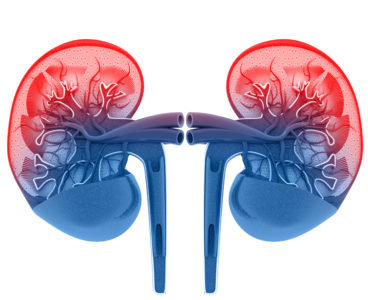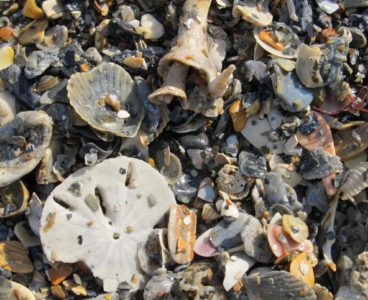The electrical energy from batteries powers not only the ignition system that turns the engine and moves electric vehicles but also powers almost every sensing feature of today’s automobiles. Electricity turns on the car headlights for night travel, rolls the windows up and down, senses numerous actions within the car to keep drivers aware and…
Fossils Show Ancient Primates Had Grooming Claws As Well As Nails
Humans and other primates are outliers among mammals for having nails instead of claws. But how, when and why we transitioned from claws to nails has been an evolutionary head-scratcher. Now, new fossil evidence shows that ancient primates – including one of the oldest known, Teilhardina brandti – had specialized grooming claws as well as…
New Butterfly Species Discovered Nearly 60 Years After it Was First Collected
In 1959, a then-teenage lepidopterist Thomas Emmel collected 13 fawn-colored butterflies in the highlands of Mexico. Nearly 60 years later, those butterflies are finally being recognized as a new species by his colleague Andrew Warren, who named the butterfly Cyllopsis tomemmeli to honor Emmel, now 76 and an internationally recognized Lepidoptera expert at the University of Florida.…
Graphene Membrane Could Reduce Dialysis Time
For those with renal failure, the process of kidney dialysis is all too familiar: Three times a week, for a cumulative 12 hours, you sit in a chair and a machine does what your bean-shaped organs can’t — in this case, filter toxins out of your blood. Although the treatment is an integral part of…
Scientists Discover Cause of Atlantic Coastline’s Sea Level Rise Hot Spots
Mollusk Graveyards Are Time Machines to Oceans’ Pristine Past
A University of Florida study shows that mollusk fossils provide a reliable measure of human-driven changes in marine ecosystems and shifts in ocean biodiversity across time and space. Collecting data from the shells of dead mollusks is a low-cost, low-impact way of glimpsing how oceans looked before pollution, habitat loss, acidification and explosive algae growth…







